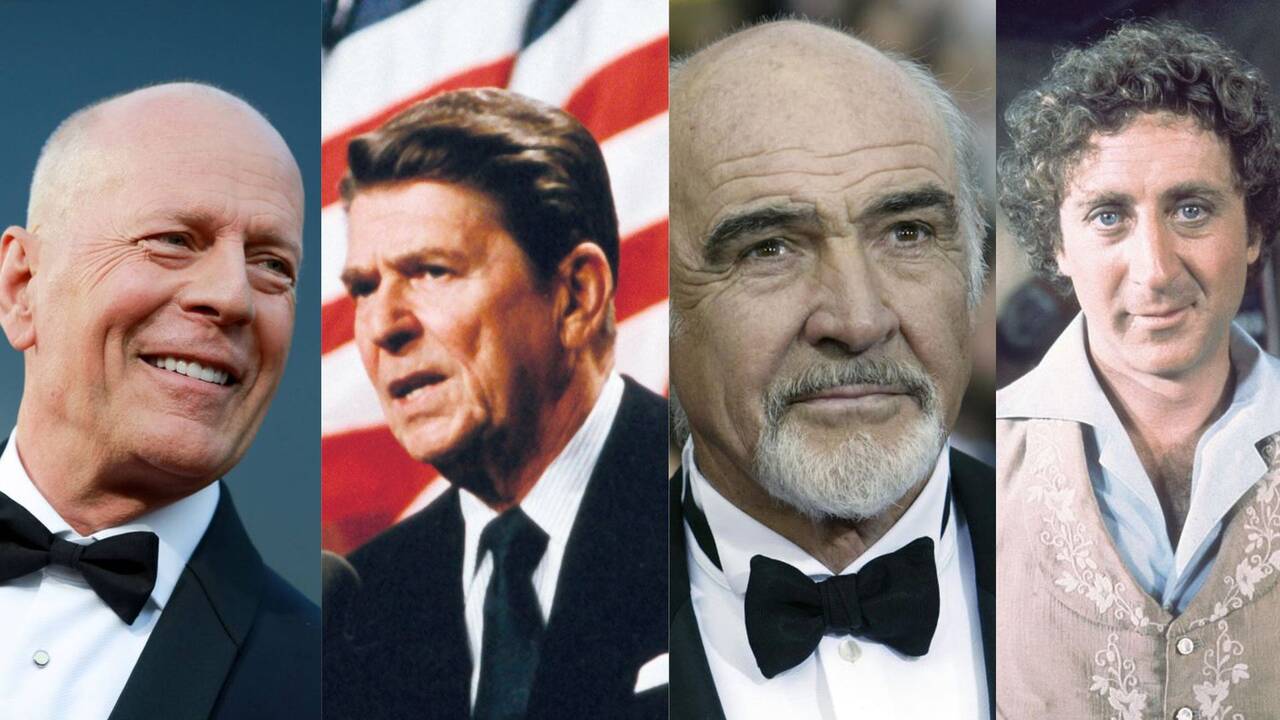– Now I have driven all the way up to the cabin with an average consumption of 0.44 liters per mile.
It was the message that ticked in from a reader who had just read the case where the Electric Vehicle Association had driven five cars on a long trip in Norway, Sweden and Finland. They concluded that fast charging was expensive, but that electric cars were still slightly cheaper to drive.
The reader, on the other hand, had a different experience: He had filled the tank with one at a favorable time for NOK 19.33 per litre.
Twice as expensive fuel
Electric motorists who wanted to fill up a bit on the road experience a quite different price level.
After electricity prices began to rise sharply in the autumn of 2021, the prices of fast charging have also increased sharply. Technical Weekly could report this autumn that prices around the rain had doubled in two years.
Normal prices for rapid charging are now NOK 8.99 per kWh, whether you charge at the major players Mer (Statkraft), Recharge (formerly Fortum) or Circle K in the southern parts of the country.
Kople, which was the most expensive in the autumn, recently reduced the price to NOK 7.39 per kWh. Tesla’s prices vary greatly, but are typically slightly lower. Everything is much more expensive than charging at home.
In winter, electric cars typically use +/- 2 kWh per mile – some significantly more, some less. This gives a price of NOK 15–19 per mile, depending on where you fast charge.
The diesel car in the example above, on the other hand, has a fuel cost of NOK 8.5 per mile. At a pump price of NOK 22, this increases to NOK 9.7.
Powerful development
According to statistics from Noble there have been roughly twice as many CCS charging points in Norway in a year and a half. The vast majority of the development has been so-called “lightning chargers”, which have an output of over 150 kW.
Thus, the fastest form of electric car charging has gone from being a relatively rare sight along Norwegian roads to becoming quite accessible.
According to the players, this has not come for free.
– The cost of fast charging and lightning charging is affected by many other factors than the spot price, among other things the online rent for charging with high power is considerably higher than for charging at home, says business policy leader Stian Mathisen in Recharge to Nettavisen.
– In addition, the costs of installation, connection to the power grid, maintenance and the purchase of the chargers themselves have increased over the past year in line with a general price increase in society, largely due to the war in Ukraine. All this affects the cost of fast charging, he points out.
Circle K is one of the players that has invested most heavily in expansion recently, especially along the main roads, and now has almost 800 charging points in Norway.
– The price of fast charging must cover the cost of electricity itself, as well as costs related to establishment and operation, including planning, establishment, installation contribution for electricity, hardware, back office systems, service and maintenance, etc. These are significant costs, which must be covered by income from relatively low use of the chargers, says press contact Knut Hilmar Hansen at Circle K to Nettavisen.
On many stretches there is often a large weekend exit, but otherwise little use during the rest of the week. In order to be attractive, it is also important for the players that there is free capacity when people come by.
A fairly small part of the total price
Both Circle K and Recharge emphasize that electric cars normally have significantly lower fuel costs than petrol and diesel cars.
– It is worth mentioning that a comparison of the price of fast charging and the price of diesel gives a distorted picture of what it costs to have an electric car, as it is a fairly small proportion of all charging that takes place at fast chargers, says Mathisen in Recharge.
– We understand that some people may perceive the price of fast charging as high, but we remind you that only a small proportion of all charging takes place on fast chargers. The majority of all charging takes place at home, and then also with power support. Overall, therefore, the electric car will come out very well in terms of price, compared to filling up with petrol or diesel, says Hansen in Circle K.
In recent weeks, electricity prices have been around NOK 1.25-1.8 per kWh in Southern Norway. In addition, the variable part of the online rent comes to approximately 40 øre. In total, it will be around NOK 2 per kWh. At the cabin, this is the price you have to pay, while the electricity subsidy so far in February seems to be around 60 øre for home charging.
Even with the “full cabin price” for the electricity, we are talking about NOK 4 per mile in electricity costs, which is less than half the price of diesel.
Fuel makes up a vanishingly small part of car costs
The Road Traffic Information Council (OFV) calculates the total costs of owning a car every year. For a relatively new car, the conclusion is very simple: Fuel is an incredibly small part of the total costs.
Also read: That’s how expensive it really is to use the car
The reason is quite simply that the real cost of owning a car is the loss in value and the interest costs.
Below, OFV has distributed the costs of having a medium-priced electric car. Even with a doubling of fuel costs, fuel is a lower cost than the 3rd largest expense item.


